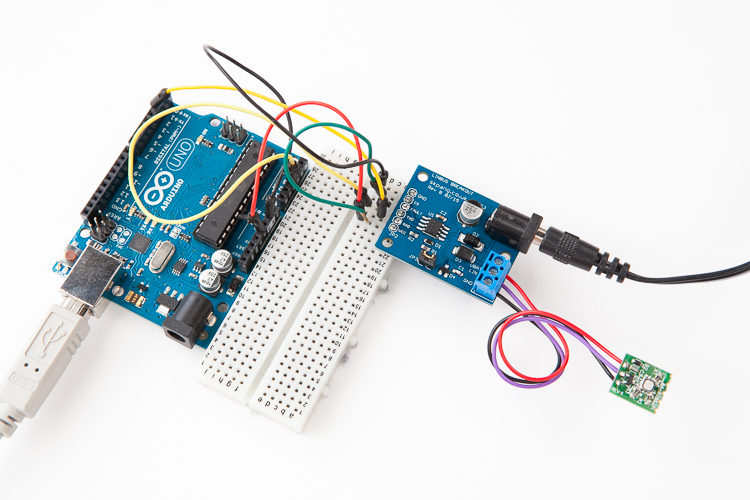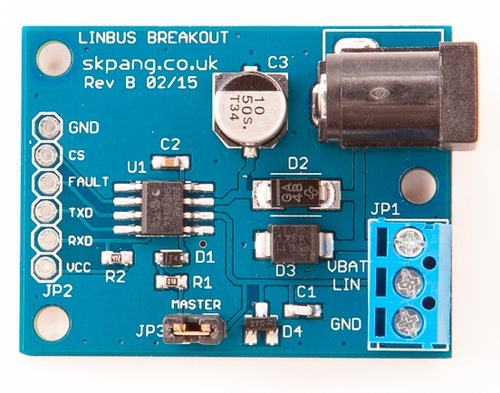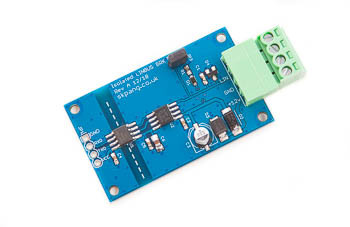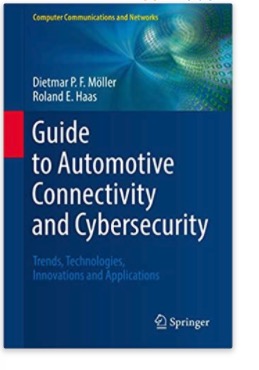Recent Posts
LIN (Local Interconnect Network) Prototyping For Embedded Systems Such As Arduino, Raspberry Pi
Posted by on

LIN (Local Interconnect Network) is a serial network protocol used for communication between components in vehicles. The demand for a second serial network emerged as the technologies and the facilities implemented in modern cars grew, while the CAN Bus was too expensive to implement for every component in the car. European car manufacturers started using various serial communication topologies, which led to compatibility obstacles.
In the late 1990s, the LIN Consortium was established by five automakers (BMW, Volkswagen Group, Audi Group, Volvo Cars, Mercedes-Benz), with the technologies provided (networking and hardware expertise) from Volcano Automotive Group and Motorola. The first fully implemented version of the new LIN specification (LIN version 1.3) was published in November 2002. In September 2003, version 2.0 was introduced to expand capabilities and make provisions for additional diagnostics features.
For more technical background information see Introduction to the Local Interconnect Network (LIN) Bus.
In order to support prototyping LIN Bus devices with embedded systems (such as the Arduino series of CPU boards or the Raspberry Pi), Copperhill Technologies offers two LIN Bus breakout boards that connect easily to a standard UART port. Both boards come with thorough technical documentation, schematics, and programming samples.
The above displayed LIN Slave module used for this particular test configuration is a Microchip APGRD004. The APGRD004 is an automotive ambient interior lighting module reference design demonstrates microcontroller based control of RGB LED devices. This module can be controlled remotely by a master body controller via a LIN bus. These modules are offered in a very compact form factor board and comprise of a PIC12F615 MCU, an MCP2021 LIN transceiver/voltage regulator, and RGB LED. LIN commands are interpreted by the module to control color mixing (16,383 colors) and intensity (1023 levels). The kit ships with four modules to assign as lighting zones in a LIN or J2602 network. These modules can also be used in conjunction with the APGDT001 LIN Serial analyzer to quickly create a working LIN network straight out of the box.
LIN Bus Breakout Board
This is a LIN Bus breakout board with a Microchip MCP2004A transceiver.
Features
- Compliant to SAE J2602
- Meets LIN-Bus specifications 1.3, 2.0 and 2.1
- 43 VDC Load dump protection
- 3.3 VDC or 5 VDC Logic
- Master or Slave configuration (Select master by closing JP3 )
- Vbatt input via 2.1mm jack socket or screw terminal
Isolated LIN Bus Breakout Board
This is an isolated LIN Bus breakout board using the TJA1028 and MAX12931 ICs.
Features
- LIN 2.0/2.1/2.2 compliant
- SAE J2602 compliant
- Internal LIN slave termination resistor
- Master option via jumper setting
- Robust ESD performance; 8 kV according to IEC61000-4-2 for pins LIN and VBAT
- LIN pin short-circuit proof to battery and ground
- K-line compatible
- Galvanic Isolation of Digital Signals
- Withstands 3kVRMS for 60s
- Continuously Withstands 445VRMS (VIOWM)
- Withstands ±10kV Surge Between GNDA and GNDB with 1.2/50μs Waveform
- High CMTI (50kV/μs, typ)
This comprehensive text/reference presents an in-depth analysis of the state of the art of automotive connectivity and cybersecurity concerning trends, technologies, innovations, and applications.
The text explains the challenges of the global automotive market, merely showing where the multitude of innovative activities fit within the overall effort of cutting-edge automotive innovations and provides an ideal framework for understanding the complexity of automotive connectivity and cybersecurity.
The insights offered by this practical guide is of great value to graduate students, academic researchers and professionals in the industry seeking to learn about the advanced methodologies in automotive connectivity and cybersecurity.
 Loading... Please wait...
Loading... Please wait...



